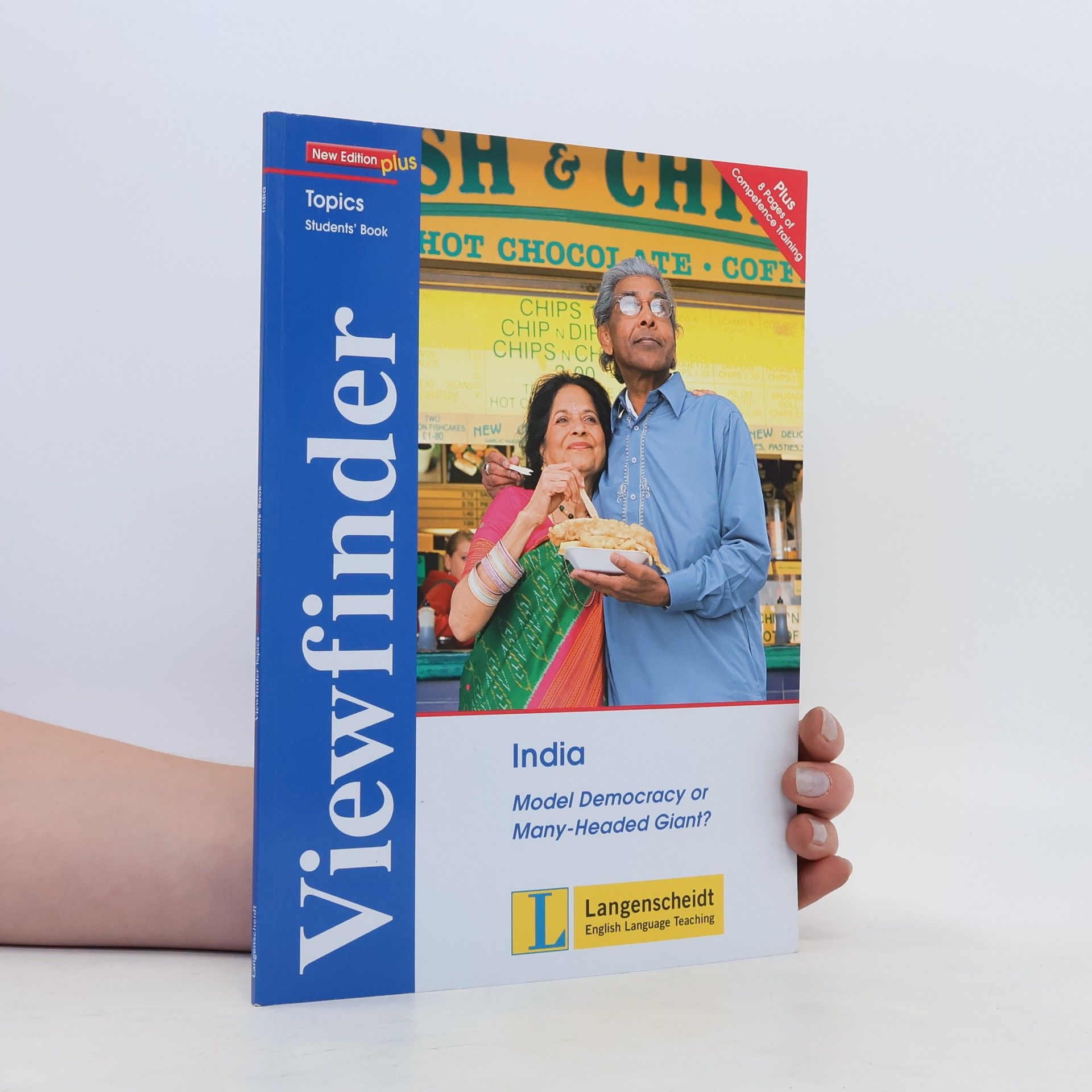Indien ist ein paradoxes Land mit fünfzehn gesprochenen Sprachen, sieben großen Religionen und der größten Demokratie der Welt.
Mita Banerjee Bücher
Dieser Autor beschäftigt sich mit Themen der amerikanischen Renaissance und des Naturalismus und untersucht deren Einfluss auf die ethnisch-amerikanische Literatur. Seine Arbeit taucht tief in Indigene Studien, Literatur und Medizin sowie in Whiteness Studies ein. Durch Critical Race Theory und Life Writing entschlüsselt der Autor die Komplexität amerikanischer Identität und Erfahrung. Dieser Ansatz bietet eine neue Perspektive auf die kulturelle und soziale Landschaft.



Biologische Geisteswissenschaften
Von den Medical Humanities zur Narrativen Medizin. Eine Einführung
In den vergangenen zwanzig Jahren hat das Gebiet der Medical Humanities die Geisteswissenschaften von Grund auf verändert. Aber wie genau kann er aussehen, dieser Dialog zwischen Literatur und Lebenswissenschaften? Dieses Buch geht von der Annahme aus, dass die Trennung in die ,zwei Kulturen' der Natur- und der Geisteswissenschaften der Vergangenheit angehört. Es fragt vielmehr, wie diese beiden Disziplinbereiche sich gegenseitig befruchten können. Es beleuchtet das Verhältnis zwischen Medical Humanities und Ökokritik, zwischen Literatur und Biopiraterie, zwischen Hirnforschung und der amerikanischen Literatur des 19. Jahrhunderts. Damit versucht der vorliegende Band eine Bestandsaufnahme all der Felder, die bislang oft unter der Bezeichnung ,Medical Humanities' subsumiert worden sind: von der Narrativen Medizin über die Environmental Humanities bis hin zu einem Dialog zwischen Literatur und Neurowissenschaften.
Situated at the intersection between medical humanities, aging studies, autobiographical studies, disability studies and ethic studies, this book explores the fascination of centenarians' autobiographies for humanites research. It can be argued that the growing presence of centenarians' autobiographies on book markets across the globe may by rooted in the public's desire for positive images of aging, in contrast to the image of inevitable decay.